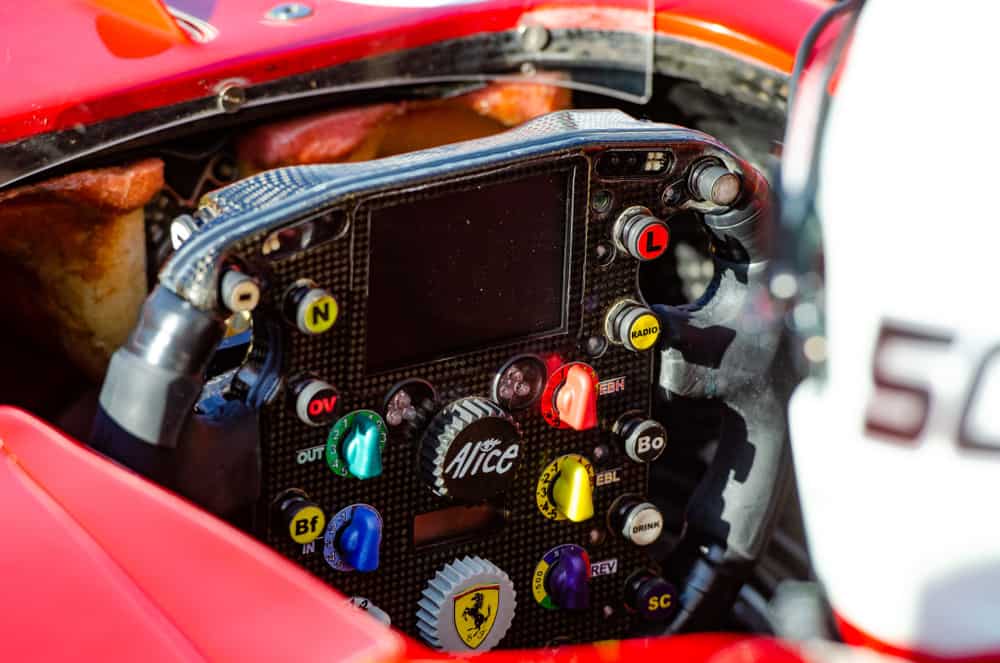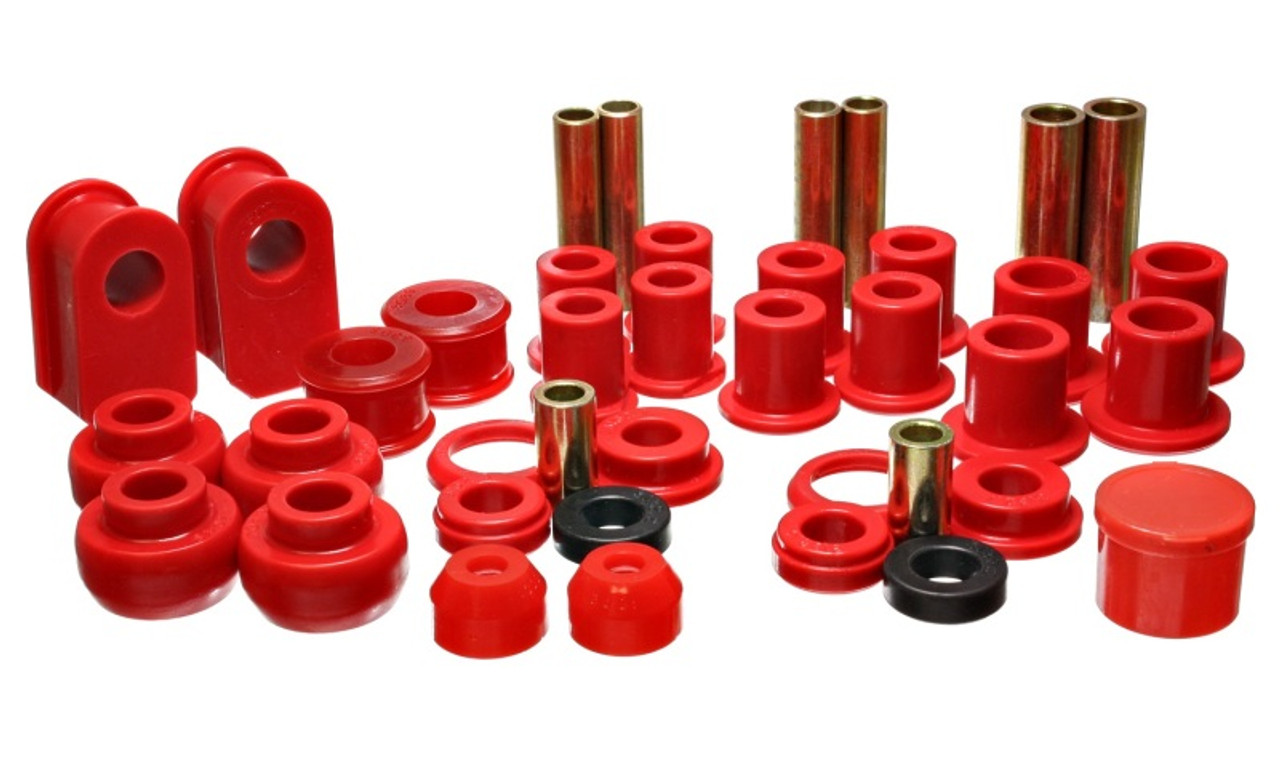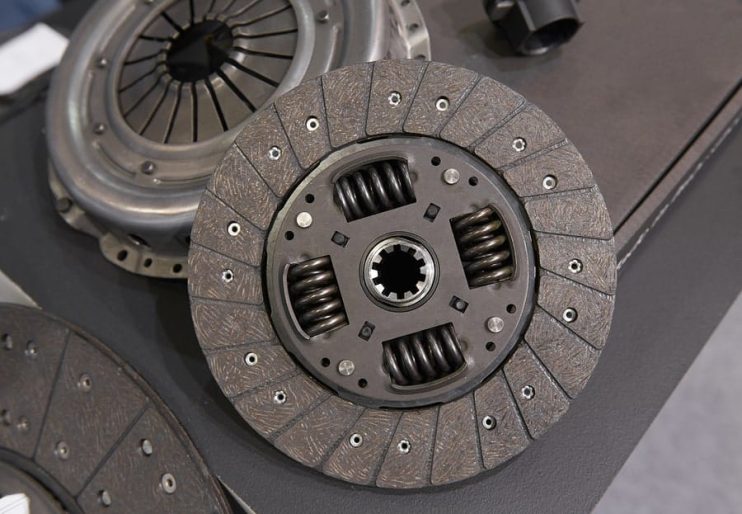Yes, Formula 1 cars do have power steering systems. Power steering helps drivers maneuver their cars more easily by reducing the effort required to turn the steering wheel, especially at high speeds.
However, the power steering systems in Formula 1 cars are designed to provide a level of feedback and responsiveness that allows drivers to maintain precise control over the vehicle.
What Is The Functionality of Power Steering in Formula 1 Cars?
In the high-stakes world of racing, the functionality of power steering plays a pivotal role in shaping both the driver’s experience and the car’s competitive edge.
Enhanced Maneuverability at High Speeds:
Power steering in Formula 1 cars is crucial for maintaining precise control at extremely high speeds. As cars approach speeds of over 200 mph (320 km/h), the aerodynamic forces acting on the car increase significantly.
In addition, power steering assists the driver in making quick and precise steering inputs to navigate through corners, chicanes, and other intricate sections of the track.
Moreover, the enhanced maneuverability enables drivers to maintain optimal racing lines and reduce lap times.
Reduction of Driver Effort:
Formula 1 drivers experience intense physical forces during races, especially when undergoing rapid acceleration, braking, and cornering.
Without power steering, the effort required to turn the heavy steering wheel at high speeds would be immense and could lead to driver fatigue.
Power steering minimizes the physical strain on drivers, allowing them to focus on maintaining concentration and making split-second decisions.
Maintenance of Precise Control:
Power steering systems in Formula 1 cars are designed to provide precise control over the steering input.
Unlike road cars, where power steering might prioritize comfort over feedback, F1 power steering strikes a balance between assistance and driver feel.
Moreover, this ensures that drivers can sense the road conditions and tire grip through the steering wheel, allowing them to adjust their driving techniques accordingly.
Adaptation to Varying Driving Conditions:
Formula 1 races can take place under diverse weather and track conditions. Power steering systems need to be adaptable to changes in grip levels due to rain, changing temperatures, and track rubbering in.
In addition, these systems often incorporate sensors and data from other car systems to provide the right level of assistance based on real-time conditions, giving drivers consistent control throughout the race.
What Are The Design and Engineering Considerations?
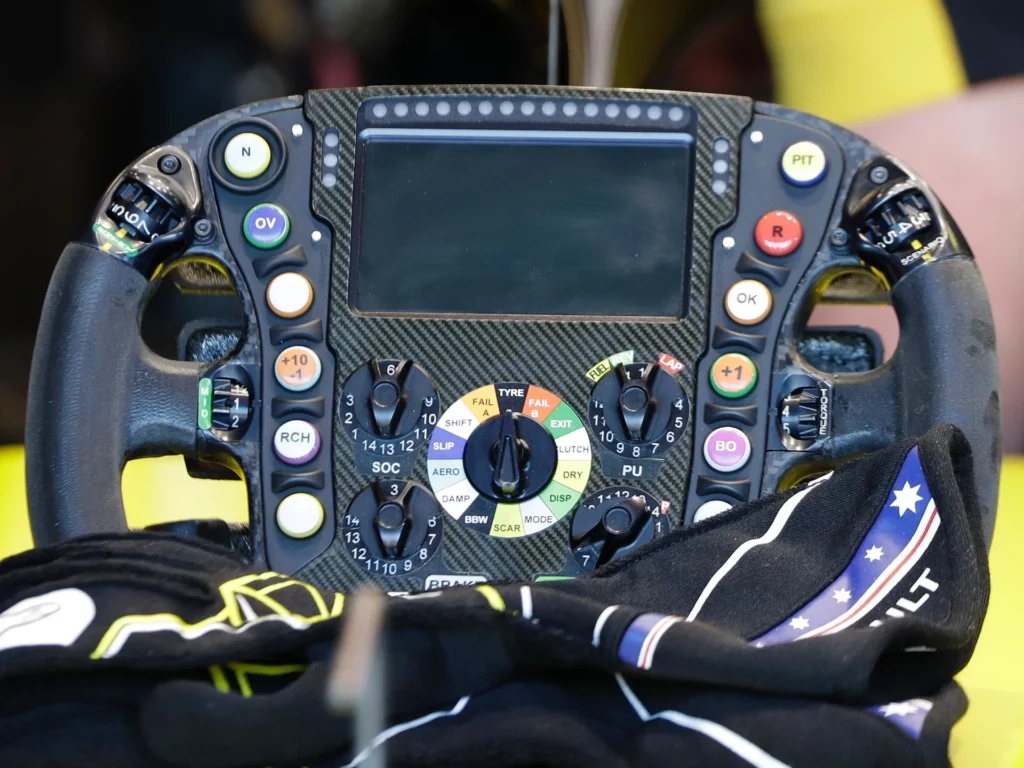
Lightweight Construction: Weight is a critical factor in Formula 1 car design. Every component, including the power steering system, must be as lightweight as possible to optimize the car’s overall performance.
Furthermore, engineers use advanced materials and design techniques to keep the weight of the power steering system to a minimum, ensuring it doesn’t compromise the car’s agility and handling.
Aerodynamic Impact: The power steering system’s components must be carefully integrated into the car’s aerodynamic design.
Any disruptions to the airflow around the front of the car can negatively affect downforce and overall performance.
Moreover, engineers work to streamline the power steering components and their placements to minimize aerodynamic drag and turbulence.
Feedback and Responsiveness:
F1 drivers rely heavily on the feedback they receive from the car’s steering system. Unlike road cars, which might prioritize isolating the driver from road imperfections.
Additionally, F1 power steering systems transmit a significant amount of information to the driver.
Moreover, this feedback helps drivers gauge tire grip, track conditions, and the car’s behavior, allowing them to make split-second adjustments during races.
Performance Optimization:
The power steering system’s performance is finely tuned to complement the car’s overall dynamics.
Additionally, engineers collaborate closely with drivers to tailor the power steering’s assistance levels, responsiveness, and feedback to match the driver’s preferences and the demands of different tracks.
Moreover, this iterative process ensures that the power steering system contributes positively to lap times and race outcomes.
What Are The Differences from Road Car Power Steering?
The nuanced divergences in design, functionality, and performance are not only a testament to the unique demands of racing but also underscore the relentless pursuit of excellence in the pinnacle of motorsport.
Specialized for Racing Conditions:
Power steering systems in Formula 1 cars are purpose-built for the extreme demands of racing. Unlike road cars where power steering may prioritize comfort during everyday driving.
Moreover, F1 power steering systems are engineered to provide precise and rapid response, particularly suited for high-speed circuits, quick corners, and sudden changes in direction that are common on tracks.
Feedback and Sensitivity Requirements:
Road cars often have power steering systems that dampen road vibrations and provide a smoother driving experience.
However, in formula 1 drivers require immediate and detailed feedback about the car’s behavior and tire grip.
Additionally, F1 power steering systems maintain a high level of sensitivity, transmitting road and tire information through the steering wheel, allowing drivers to feel the track’s nuances.
Integration with Other Systems (e.g., Telemetry):
Formula 1 cars are equipped with sophisticated telemetry systems that collect data about various aspects of the car’s performance and transmit it to the team’s engineers in real-time. The power steering system can provide valuable insights into how the driver is handling the car, which can be correlated with other data to optimize the car’s setup and strategy during races.
High-Performance Components and Materials:
F1 power steering systems utilize advanced materials like carbon fiber and titanium to ensure both strength and lightweight construction.
Moreover, the components are designed to withstand the rigors of racing, including extreme temperatures, vibrations, and G-forces.
In addition, these high-performance materials contribute to the overall efficiency and reliability of the power steering system.
What Are The Technological Advancements?
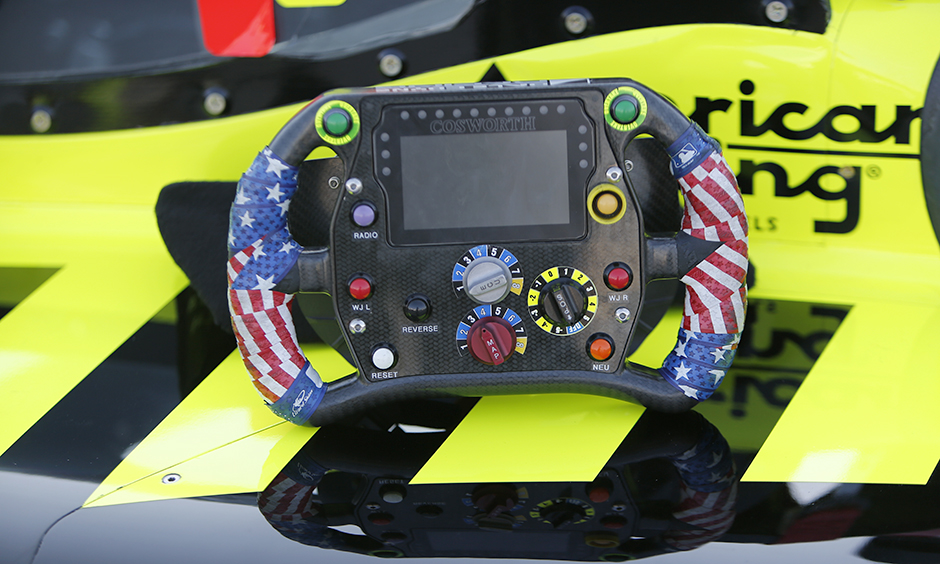
Over the years, F1 power steering systems have evolved significantly. They have become more sophisticated, integrating advanced sensors, actuators, and control algorithms.
In addition, early power steering systems were hydraulic, but modern systems might include elements of electrohydraulic or even fully electric assistance, allowing for more precise control and adaptability.
Integration with Hybrid Power Units:
The introduction of hybrid power units in Formula 1 has also influenced power steering technology.
The hybrid systems, which combine internal combustion engines with energy recovery systems, can influence power delivery and the overall behavior of the car.
In addition, power steering systems are now intricately linked to these power units, coordinating power delivery and steering assistance for optimal performance.
Role in Improving Lap Times and Driver Performance:
Technological advancements in power steering have played a role in improving lap times and overall driver performance.
By providing consistent and predictable steering feedback, drivers can push the limits of the car with confidence.
Moreover, enhanced adaptability to different track conditions and driving styles further contribute to better lap times and competitive advantage.
FAQ’s
Do Formula 1 cars have power steering?
Yes, Formula 1 cars are equipped with power steering systems.
How does power steering benefit Formula 1 drivers?
Power steering reduces the physical effort needed to turn the steering wheel, enhancing maneuverability, control, and driver comfort.
How is F1 power steering different from road car power steering?
F1 power steering is specialized for racing conditions, offers greater feedback and sensitivity, integrates with telemetry systems, and uses high-performance materials.
How has power steering technology evolved in Formula 1?
Power steering systems have become more sophisticated, integrating sensors and advanced materials, and are now closely linked with hybrid power units.
Can drivers customize their power steering setups?
Yes, Formula 1 drivers work with their teams to customize power steering setups based on their preferences and driving styles.
Conclusion
The world of Formula 1 is a captivating blend of technological innovation, driver skill, and engineering excellence. In this high-speed arena, the role of power steering goes far beyond mere assistance.
Moreover, it’s a critical component that bridges the gap between driver and machine, enhancing maneuverability, control, and overall race performance.
From its specialized design for racing conditions to its integral role in driver comfort, power steering in Formula 1 showcases its multifaceted significance.
By reducing the physical strain on drivers, power steering allows them to focus on the intricacies of the race, making split-second decisions and mastering rapid maneuvers.
The evolution of power steering technology in Formula 1, with its integration into hybrid power units and its contribution to improving lap times, highlights the continuous pursuit of excellence in this sport.
As Formula 1 cars become more advanced, power steering systems adapt and evolve, offering drivers the tools they need to push the boundaries of performance.
Furthermore, the interaction between power steering, driver feedback, and team preferences underlines the collaborative nature of Formula 1.
In addition, teams work in tandem with drivers to customize power steering setups that align with individual driving styles and overall race strategies. This dynamic partnership underscores the intricate relationship between engineering prowess and the human element of racing.







